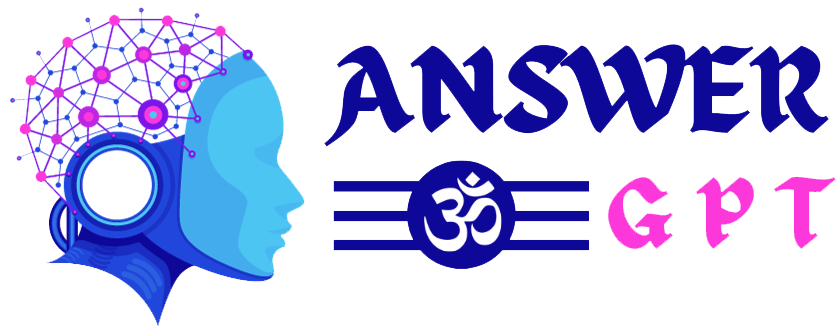1. Wastewater is considered a potential resource because:
a. 99 % of wastewater comprises water
b. The pollution content of wastewater is very high
c. Wastewater processing to remove contaminants is fairly easy
d. Reclaimed wastewater is readily accepted by consumers for reuse
Answer :- a. 99 % of wastewater comprises water
2. Which of the following is NOT a non-point source of wastewater pollution?
a. Sediment overflow from eroding stream banks
b. Large sanitary landfills
c. Nutrients from livestock and pet waste
d. Irrigation runoff from agricultural lands
Answer :- b. Large sanitary landfills
3. Which of the following is correct for domestic wastewater composition?
a. Greywater + blackwater
b. Greywater + brownwater
c. Brownwater + Urine
d. Heavy greywater + blackwater
Answer :- a. Greywater + blackwater
4. Which of the following is a component of blackwater?
a. Urine
b. Feces
c. Flush water
d. All of the above
Answer :- d. All of the above
5. Identify the CORRECT statement concerning pollutants and contaminants.
a. Pollutants may or may not create harmful effects
b. Pollutants are foreign matter, typically introduced from outside
c. Contaminants may or may not create harmful effects
d. Contaminants are either harmful or poisonous in nature
Answer :- c. Contaminants may or may not create harmful effects
6. Non-point sources of pollution are usually difficult to monitor and control because:
a. Many small diffuse sources from different locations comprise such sources
b. Requires several spatially-distributed monitoring stations
c. Difficult to determine the dispersion rates of pollutant flow rates
d. All of the above
Answer :- d. All of the above
7. Which of the following is NOT an ideal practice of wastewater recycling?
a. Use of treated domestic wastewater for horticulture
b. Discharge of treated domestic sewage into agricultural fields
c. Use of treated industrial effluent in cooling towers
d. Discharge of domestic sewage into irrigation channels
Answer :- d. Discharge of domestic sewage into irrigation channels
8. Degradation of natural aquatic ecosystems due to poor water management may lead to:
a. Eutrophication
b. Dead zones
c. Both a. and b.
d. Putrefaction
Answer :- c. Both a. and b.
9. Which of the following central government schemes is aimed at attaining nationwide cleanliness and hygiene?
a. Swachh Bharat Abhiyan
b. Unnat Bharat Abhiyan
c. Namami Gange
d. None of the above
Answer :- a. Swachh Bharat Abhiyan
10. Constructed wetlands can be used for:
a. Water conservation
b. Preservation of flora and fauna
c. Wastewater treatment
d. All of the above
Answer :- d. All of the above
11. A resource management option to recover energy from wastewater is:
a. Protein feed for livestock
b. Wetland technology
c. Biomass production
d. Agricultural irrigation
Answer :- c. Biomass production
12. A prominent disadvantage of decentralized wastewater management systems is:
a. Higher number of sewage treatment plants
b. Considerably longer duration of sewage transport
c. Difficulty of recycling treated effluent
d. Difficulty related to operations and maintenance
Answer :- a. Higher number of sewage treatment plants
13. A common water-borne disease caused by pathogenic microbes spread via poor wastewater treatment is:
a. Diarrhea
b. Typhoid
c. Cholera
d. All of the above
Answer :- d. All of the above
14. Identify the INCORRECT statements concerning the negative impacts of poor wastewater management.
I. Poor wastewater management is likely to increase the cost of drinking water treatment
II. Increased greenhouse gas emissions are a possible positive impact of poor wastewater management
III. Poor wastewater management may supposedly also result in decreased biodiversity in the long run
a. Only statement I is correct
b. Only statement II is incorrect
c. Statement I and II are incorrect
d. All statements are incorrect
Answer :- b. Only statement II is incorrect
15. Which of the following is NOT true for centralized wastewater management systems?
a. Large wastewater treatment plants are needed in centralized systems
b. Fresher sewage is difficult to obtain in centralized systems
c. Recycling sewage is comparatively easy in centralized systems
d. Centralized systems are preferred for communities with fewer options for effluent reuse.
Answer :- c. Recycling sewage is comparatively easy in centralized systems
